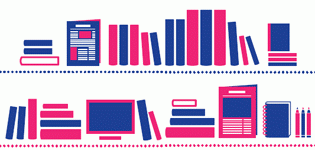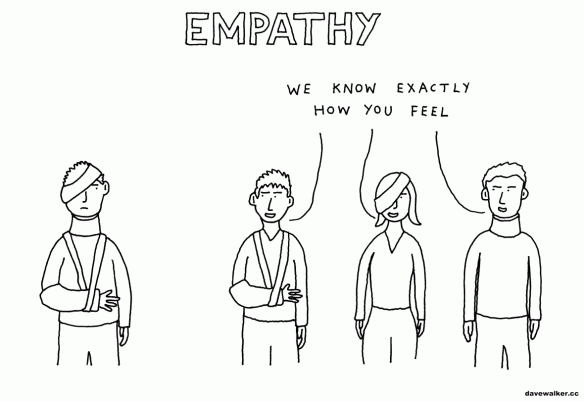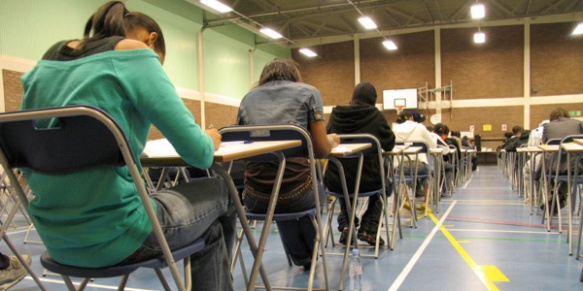You might be tempted to roll your eyes when your parents tell you to clean your room — but the truth is, chaos breeds chaos, and order breeds clarity. Having a clean and clutter-free study space will help you focus (I could cite studies here, but it’s logical, right?)
At the same time, keeping track of assignments, organizing notes, filing old papers, quizzes, and tests, lining up textbooks, and cleaning out your schoolbag(s) has many practical purposes:
- You will feel more in control of your schoolwork. Greater agency will lead to empowered learning.
- If you are behind on assignments, you will know exactly what assignments you are behind on. Only then can you develop a plan for catching up. Organizing your work is the first step in catching up if you are behind.
- Organizing is a practical results-oriented task. There will be direct, positive results from organizing your work. VOILA! Guaranteed satisfaction. Start small and develop your own system. Do what works for you. This small step will propel you forward.
- If your school is tech-friendly, chances are your assignments are on your computer: they can be organized on a folder (or one of many) or an online system. I’ve heard horror stories of computer crashes, deleted files, viruses, and mysterious tech versions of the dog eating your homework. So, back up your work. Seriously. Get a flash drive for each subject. Or, print out assignments (prompts and your work) and keep them in a binder. Call me old-fashioned, but holding your work in your hands can often give you a sense of pride in your efforts and achievements.
- Organizing can help you celebrate your accomplishments. Stop and re-read your teacher’s comments on that fantastic history paper. Reflect on what made your paper so darn good. Then file away your paper (where you can find and access it), to give it the respect it deserves: hey, it’s the product of your hard work. You deserve to pat yourself on the back.
- Organizing can also help you face your disappointments. If a grade on your algebra test has you feeling down, burying that test in your school bag isn’t going to help matters. In fact, pretending that no-so-terrific test doesn’t exist will most likely add to your shame and embarrassment about a not-so-terrific grade. You have to get over it. Look over your mistakes with your teacher or tutor and see where you went wrong. Make corrections whether you get credit for them or not. Then file that test away as well. We all have things in our “binders of life” that we’re not so proud of, but facing them makes us brave and ready to take on the next challenge.
- It’s really not that hard to get organized. In fact, you can make the experience pleasant by doing it with a friend, blasting your favorite music, or enjoying some much needed time alone. What makes getting organized difficult is when we procrastinate getting organized. Avoidance is a form of anxiety. But we can easily tackle that nagging dread by just doing it. Trust me, this is a relatively painless exercise that can garner positive results.
- Organize regularly. The key to being organized is to do it consistently.










